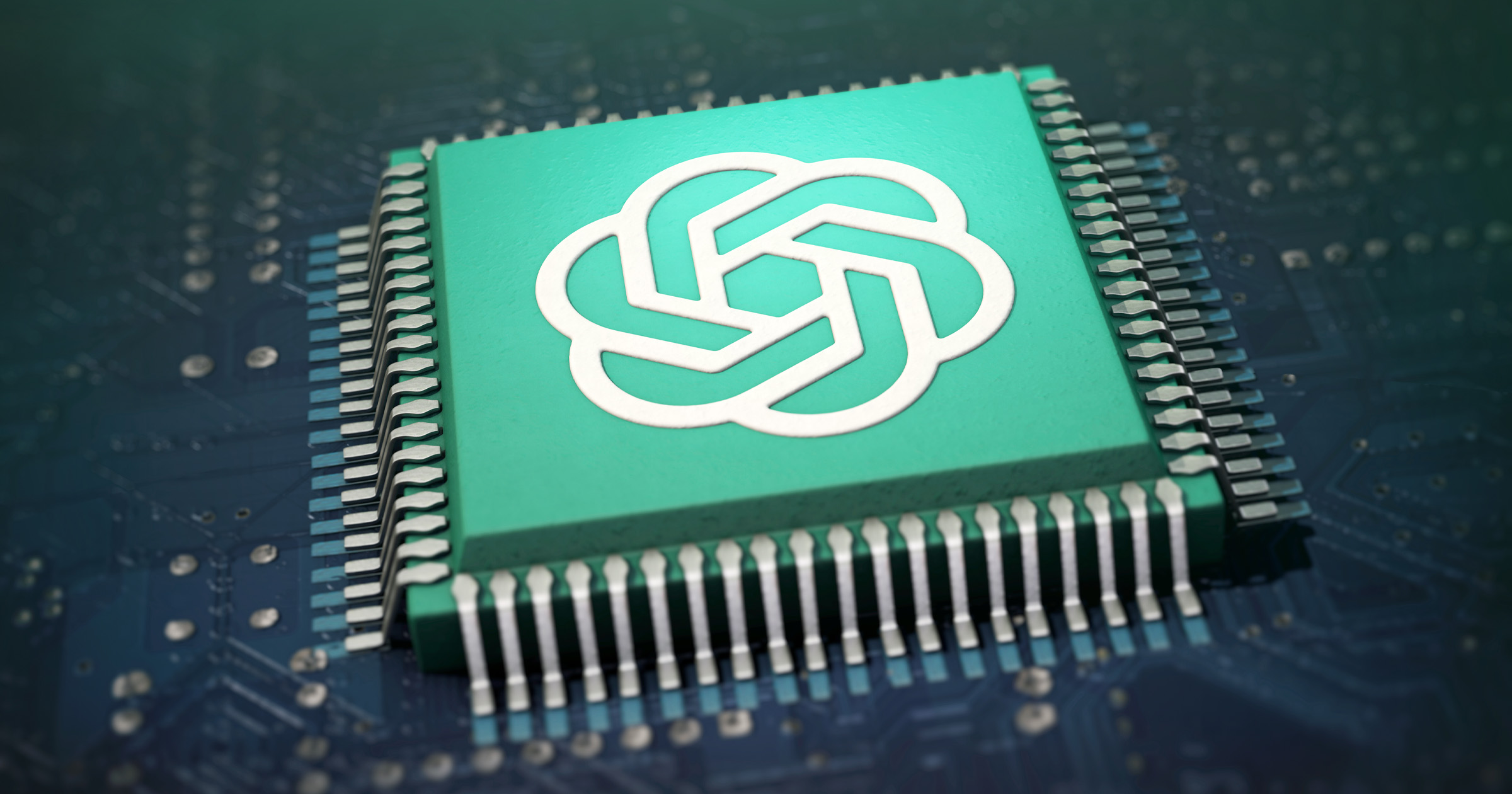We keep hearing that artificial intelligence (AI) is coming for our jobs and indeed, it may be true for a growing number of professions. One of them might soon be the very thing that powers computers running the increasingly more intelligent chatbots: hardware design.
Being a Large Language Model (LLM), a tool like ChatGPT isn’t tailored only to human languages but programming as well, since it is excellent at picking up patterns and then accurately applying them in practice.
In fact, in many ways, it’s probably better suited for coding than speech, given many double meanings — often not exactly logical — that we often use in conversations. Machines, in contrast, have to be specifically told what to do and whatever the input is, it is ultimately broken down into a binary series of zeros and ones.
Machine designing machines
We’ve seen ChatGPT perform rather well with popular programming languages already, but a team of researchers at New York University decided to test its capabilities in a much more specialised Hardware Description Language (HDL) such as Verilog, which is used in the process of manufacturing i.a. microprocessing chips — subsequently posting their findings on Arxiv in June.
HDLs are notoriously difficult to master, leading to relative shortage of expert engineers, and yet are essential to modern computing as they are the final step that moves the chip concept to manufacturing, as they describe chip geometry and composition in detail before it can go through the etching process.
The idea for the test was simple: prepare a model script for conversation with ChatGPT, which included human feedback allowing for the bot to self-correct as needed. If errors persisted, the test would be deemed a failure.
The processor in question was, of course, fairly simple but producible — and was, at the end of the test, manufactured in physical form using a tapeout process on Skywater 130 nm shuttle as the ultimate proof of concept:
Predictably, the entire process wasn’t free from faults and ChatGPT needed to correct itself with human guidance, but it managed to complete the project within 125 messages across 18 topics, as documented below:
Due to usage restrictions currently placed on ChatGPT 4.0 — limiting the bot to 25 messages per three hours — the project took over 22 hours (i.e. way longer than it could have). The team estimates that without this obstacle, the entire process could have been completed in under 100 minutes, with assistance of a human engineer.
In fact, despite ChatGPT’s mistakes, it is expected that use of AI in hardware design will actually lead to fewer design errors than simply relying on human engineers.
So, while ChatGPT isn’t yet capable of designing a microprocessor from start to finish, following just a single human prompt describing complete requirements for reference, it can act as a remarkably capable assistant, accelerating the design process, saving time and enabling people to work on multiple projects at the same time.
Are our days numbered?
Probably not, according to this interview published by All About Circuits with the team’s members:
In many ways, the impact can be the exact opposite (and similar to other technological innovations in the past). It can free up humans to do more valuable things and improve our overall output instead of replacing us outright.
In this particular case, it might not only reduce the burdens on current human HDL engineers, but provide opportunities to new people and smaller companies to enter the field or do their own prototyping — as evidenced by one final, surprising admission from Dr. Pearce: “I’m not a chip design expert at all. This was the first chip I ever designed. I think that’s actually one of the reasons why this was so impressive.”
It sure is.
Featured Image Credit: Vulcan Post
Also ReadS’pore startup raises US$3 million for ChatGPT-powered AR monocle from Oculus, Siri founders


